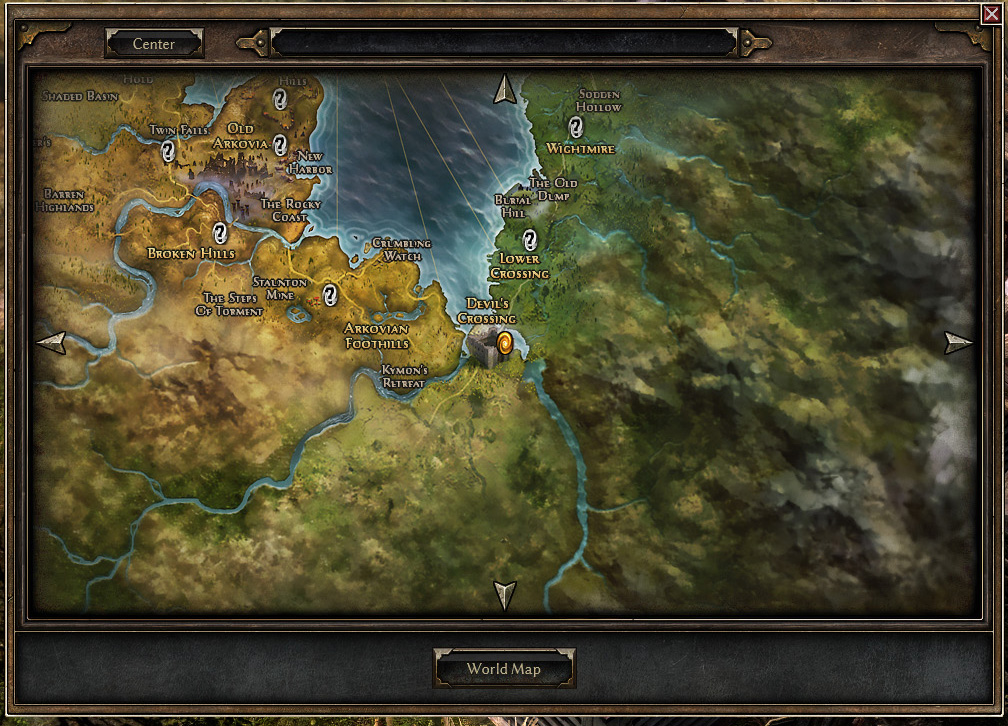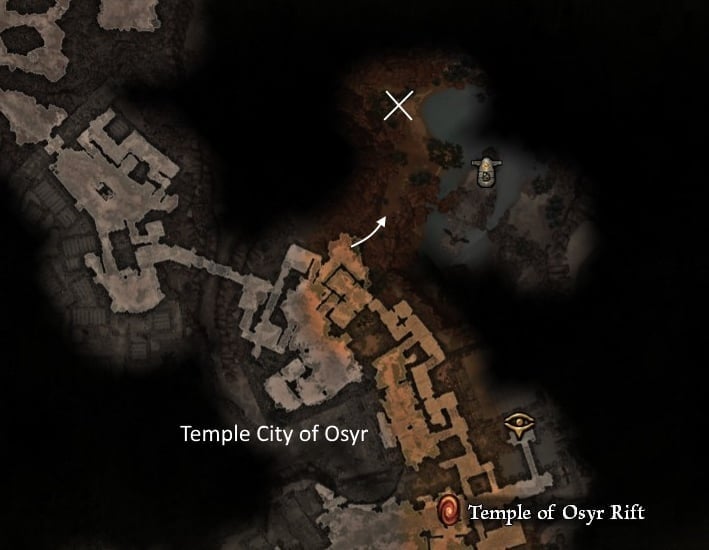
And same goes for the enemies – there are special “Nemesis” spawns that are advertised, except you get them on the maximum level of infamy (and rarely too) and I don’t think I was even halfway there with any of the hostile factions when I finished playing. I would’ve had to run at least 5 bounty quests to finally get that quest from the starting town and it’s in the area that you can discover immediately after starting the game, you just can’t progress into the final part of it without the quest. To “fix” this, each of them have infinitely spawning Bounty quests that raise the reputation, but it’s a boring grind. After 50 hours of playing the game, killing everything on every map at least once and doing all the other quests in the game. For example, several friendly factions, including the starting town that is the very first faction of the game, hadn’t given their last faction quest to me because I haven’t reached the necessary level of reputation with them. The more they hate you, the more enemies of their type will spawn and as the infamy grows, more special enemies will spawn among them.Īnd here’s where the problem with the idea lies – it makes things, that you expect to just happen as you play, grindy instead. With enemy factions, you grow your reputation via, well, killing their representatives, so the more enemies of a specific faction you kill, the more they hate you. As your reputation grows, you get new quests expanding story on the faction and things like new items in their store, discounts and etc. With friendly factions, you do it by killing specific enemies (sometimes in specific areas), doing quests for them and, occasionally, via making certain story decisions. This is a pretty neat concept, where when you meet a specific faction (like the people of the starting town, or, on the opposite side, Undead enemies) you can start getting reputation with them. Said factions are a new addition to this game and, to my knowledge, might be unique to Grim Dawn as far as aRPGs go. What’s also nice is that your choice of class can influence some of your NPC interactions in the game and even the ability to get along with Factions. Or blended a backstabbing wizard instead. That said, I could’ve used the exact same blend (just less efficiently) with, say, a two-handed axe. For example, as someone who rarely plays ranged, I decided to play as a purely ranged character this time around and created a blend that specifically emphasized the use of two one-handed guns to such a degree that I only ever used the passive skills that activated off my main attack. One of the most defining features of Titan Quest returns in Grim Dawn – your character starts without a class, can choose a class a few levels in and then gets to choose another class, creating a unique blend of skills that allow for a huge variety of choice for the player. Only some of the secret areas might be hidden in default perspective, but otherwise, you never need to spin the camera around. It luckily avoids the issue with fully controllable perspective a lot of games used to have, where rotating the camera was absolutely necessary to play. Grim Dawn is no different in this regard.


If you’re unfamiliar with Diablo-like action RPGs, unlike some other forms of aRPGs, these games have several things in common: they all play in some form of top-down/isometric view, all focus on killing really big groups of enemies (some of which might have special harder “hero” variants) and all emphasize gathering “loot”, since even if you don’t plan to use the new items you found, you can sell/trade them. And it’s at this point, I finally decided to give it a go. Since then, there was an additional mode DLC and two expansions, Ashes of Malmouth and Forgotten Gods, the second of which has been released just a month and a half ago. Game went through long development, a successful Kickstarter campaign to expand the funding, and a long Early Access period before being released in 2016. Despite having a core team of just 2 people at the earliest years of development and supported by volunteers (many of whom were also from Iron Lore), the project was finally unveiled in 2010 as Grim Dawn – a spiritual successor to Titan Quest, but this time with Eldritch-themed setting.
Grim dawn map forgotten gods license#
Part of the team created a new studio called Crate Entertainment, bought out the rights for the pitch, acquired the license for using the same engine and continued development. Unfortunately, while developing a new game pitch called “Black Legion”, the studio failed to get enough interest and had to eventually close down. It also used the Greek mythology as its setting, something that still remains a novelty for the genre. Back in 2006 a studio called Iron Lore Entertainment released Titan Quest, a “Diablo-like” action RPG that didn’t break any new grounds, but felt like one of the best all-rounder aRPG experiences out there.


 0 kommentar(er)
0 kommentar(er)
